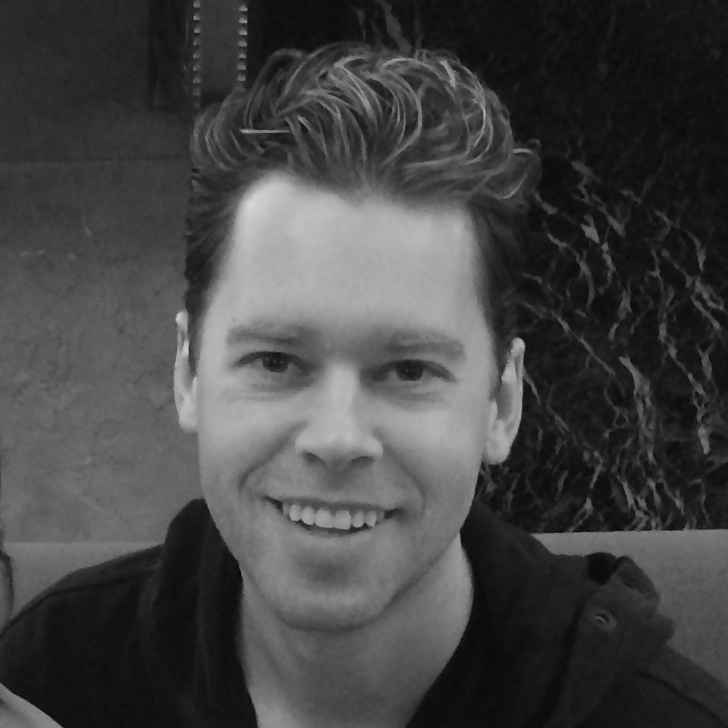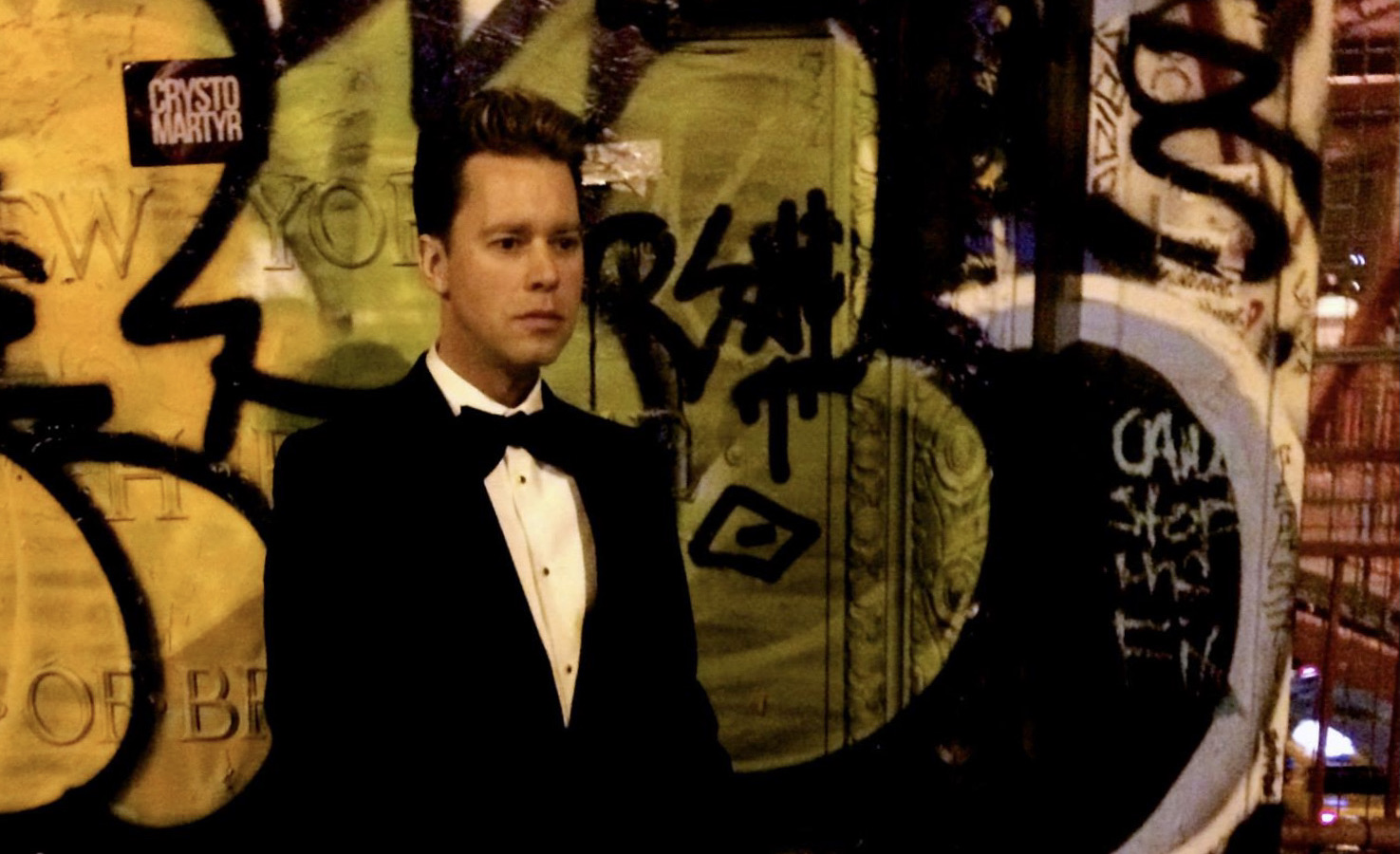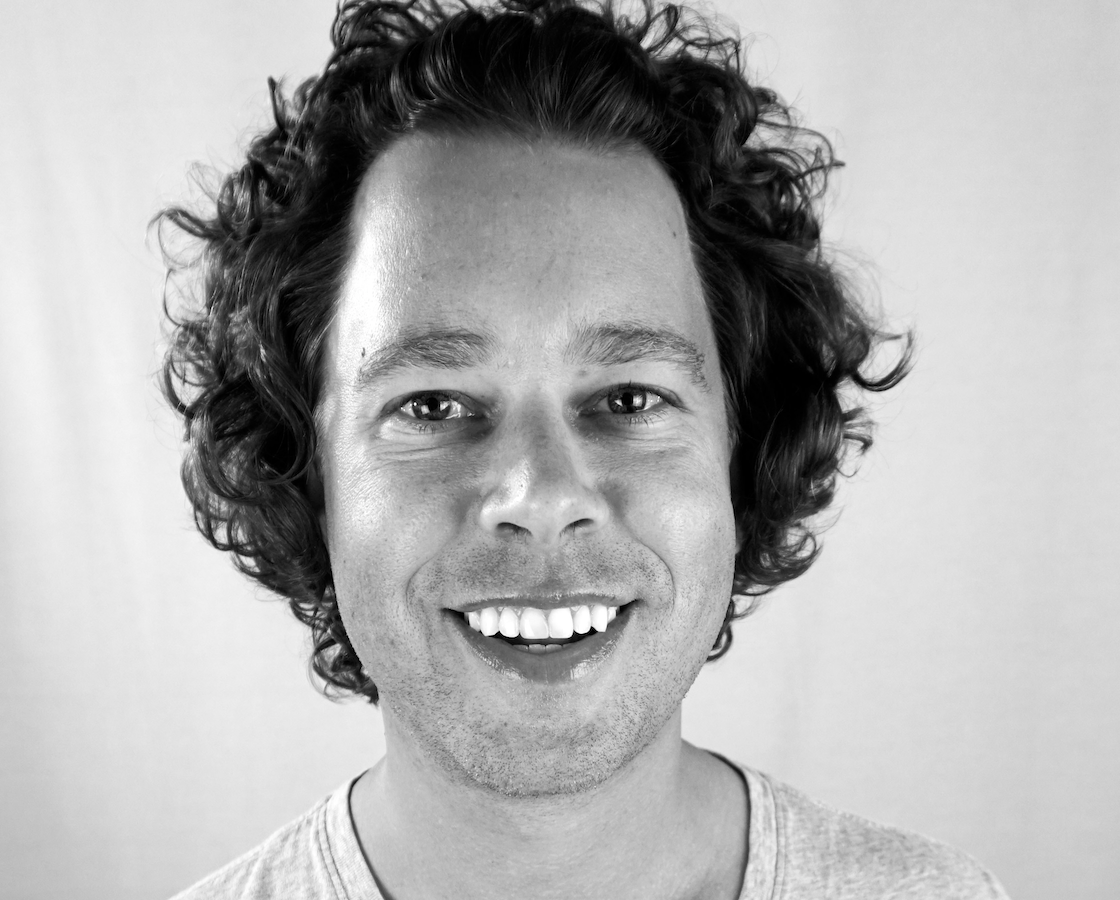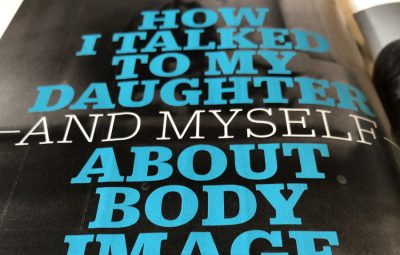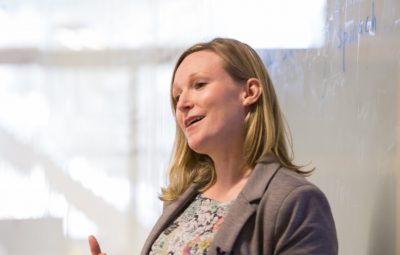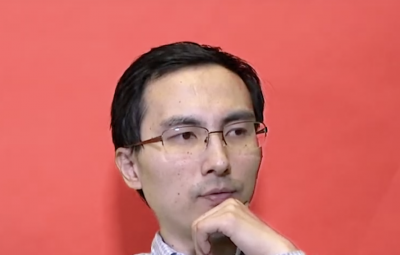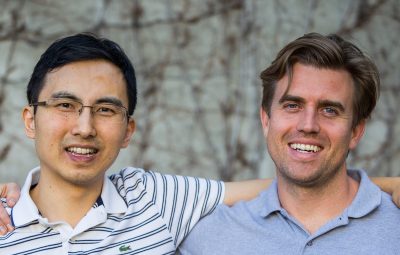When J. Tanner Cusick took a class called Social Architectures, he never expected that the trajectory of his career would change forever. While pursuing his MFA at UC San Diego, Cusick explains that it was in this class that he and his classmates designed “interventions” around campus. “Basically, we would change the environment and see how it influenced human behavior,” says Cusick. “I did a piece under Geisel that challenged people to use the space differently by creating a game of human Candy Land. I colored all the blocks beneath the library, and everyone came in costumes.” He reflects that what he didn’t realize at the time was that they were really practicing experience design.
It was the combination of this event and Cusick’s experience as a teaching assistant (TA) that taught him what User Experience (UX) was. “While I was a TA, I taught a digital art class and students were assigned The Design of Everyday Things, by Don Norman. I’d never read the book before and I was amazed by it,” said Cusick. It was the ideas in the book that influenced Cusick to shift the context of his work. “I ended up teaching myself about the discipline and doing a lot of UX design and content design. And that’s what I have been doing since then.”
After completing the graduate program, Cusick briefly worked in advertising at Publicis and McCann before moving on to product design at Apple, Amazon, and Caterpillar. He’s now a content designer at WhatsApp. In his spare time, the designer creates stunning, thought-provoking art pieces with his wife, Lilly. Their portfolio includes artwork such as Museum of Beautiful People, 52 Weddings, and Year of Being Awesome. What interests the artistic duo the most is the design of everyday life, and specifically the moments it contains. He explains, “A moment could be half an hour, a day, or even a year. It has a very flexible definition to us. The idea is that you can design a moment, step back, and be very intentional in how you approach that.”
Cusick says this perspective on design shapes the results of his art. By thinking about moments as a design challenge, he applies the same rigor and processes used with any design solution. “So that, to me, is kind of at a personal level where art uses the tools of design. The tools and the process of design play a huge role in how my wife and I see art.”
It was this unique take on design, and his experience discovering his passion at UC San Diego that made the Designer-in-Residence role one he could not resist. “Working with the Design Lab has been something that’s been on my wish list since the beginning,” he explains. “When I showed up in San Diego four years ago, I attended an awesome event hosted by the Design Lab and met the entire design community of San Diego all in one day. It was phenomenal. The combination of that and working with my friend Albert Lin, another Design Lab member, is what immediately put it on my radar.”
While Cusick says he is more interested in getting involved and helping on projects that already exist at the Design Lab, he remains inspired by the paper on the future of design education written by Don Norman and Michael Meyer. “I definitely want to venture into design education one day,” says Cusick. “As the number of designers increases, our roles get bigger and bigger. I’d love to help ensure we are adequately prepared to take on that challenge.”
It is the diverse, fresh and motivating perspective of designer and artist, J. Tanner Cusick, that displays the scope of the Designer-in-Residence position and highlights the multidisciplinary approach of The Design Lab. “Being part of the Design Lab allows me to work with amazing people in the San Diego design community and explore fascinating projects,” says Cusick. “I’ve loved being involved in this.”
As a Designer in Residence, Tanner’s industry perspective supported the development and delivery of our first iteration of the Connected Learning Pathway program. We were fortunate to work with Tanner as a thought partner bringing a practitioner lens to our program, and above all as an approachable mentor inspiring our students.
